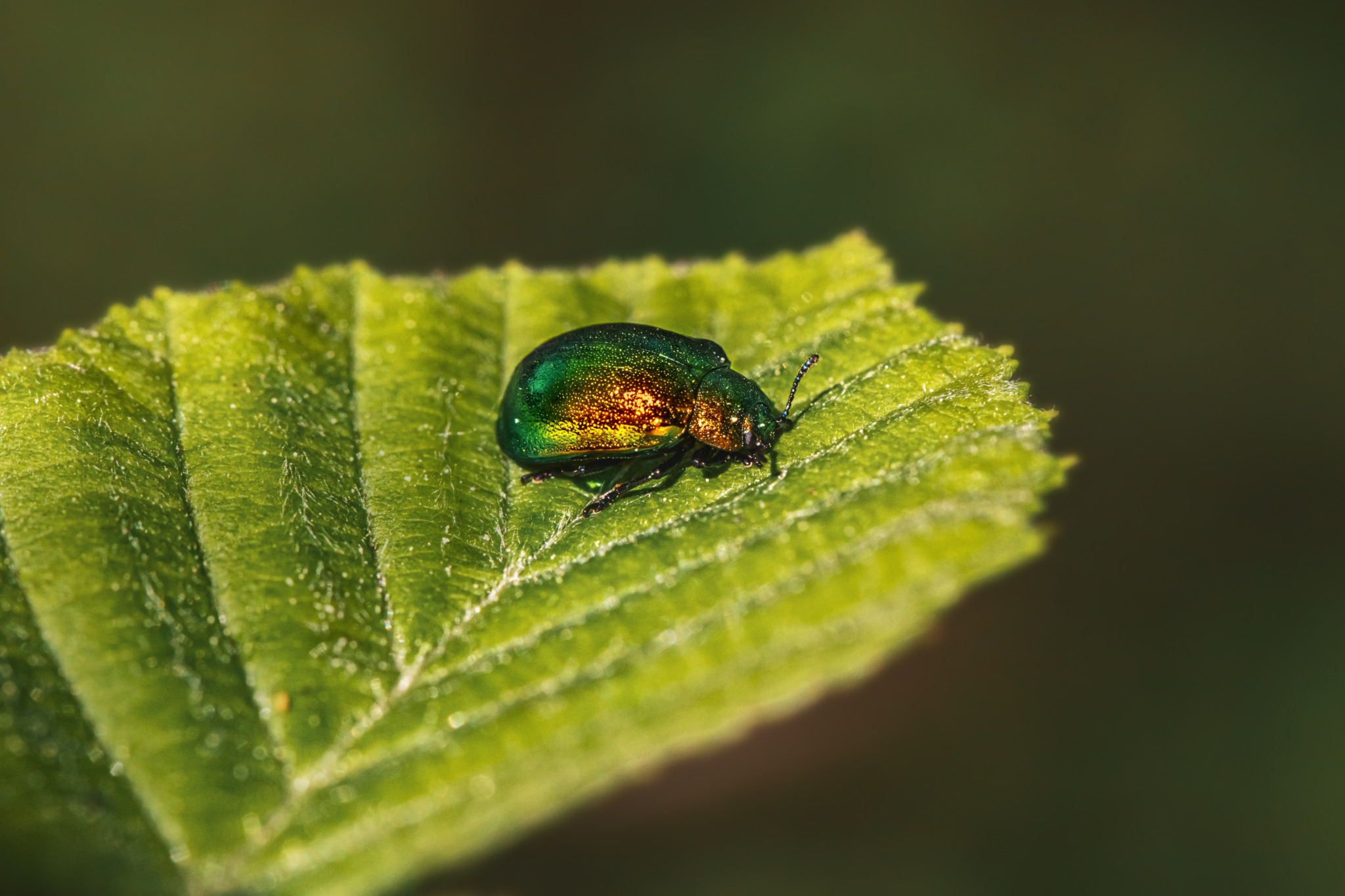The term “bug” is often used informally to refer to various types of insects and other small arthropods. In entomology, however, the term “bug” has a more specific meaning and refers to insects belonging to the order Hemiptera, which includes insects such as true bugs, cicadas, aphids, and leafhoppers. Here’s some general information about bugs:
- Characteristics: True bugs, as defined by entomologists, are characterized by their mouthparts adapted for piercing and sucking, known as a “rostrum” or “proboscis.” This structure allows them to feed on plant sap, other insects, or vertebrate blood, depending on the species. True bugs also typically have forewings that are partially hardened at the base and membranous at the tips.
- Diversity: The order Hemiptera is one of the largest insect orders, with over 80,000 described species worldwide. True bugs exhibit a wide range of sizes, shapes, and colors, and they can be found in nearly every terrestrial habitat, from forests and grasslands to urban environments.
- Ecological Roles: True bugs play important ecological roles as both herbivores and predators. Some species feed on plant sap, while others are predators of other insects, including pests such as aphids and caterpillars. Additionally, certain species of true bugs are important pollinators of flowers and crops.
- Examples: Common examples of true bugs include stink bugs, leaf-footed bugs, assassin bugs, water bugs, and bed bugs. Each of these groups has its own unique characteristics, behaviors, and ecological roles.
- Lifecycle: True bugs undergo incomplete metamorphosis, with three life stages: egg, nymph, and adult. Nymphs resemble smaller versions of adults but lack fully developed wings and reproductive organs. They molt several times before reaching adulthood.
- Importance: While some true bugs are considered pests due to their feeding habits or ability to transmit diseases (e.g., bed bugs), many species are beneficial to humans and ecosystems. Predatory bugs can help control populations of pest insects, reducing the need for chemical pesticides.
Overall, true bugs are a diverse and ecologically important group of insects with a wide range of adaptations and behaviors. Understanding their biology and ecological roles is essential for effective pest management and conservation efforts.
Views: 15
Subscribe to the newsletter:
